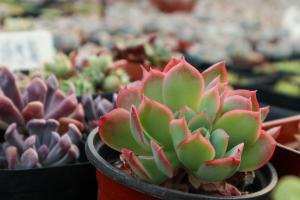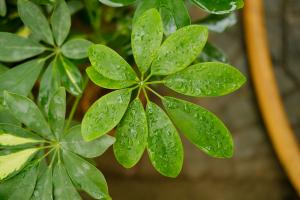1、 Breeding method
1. Temperature: it is mainly distributed in the north of China. It can be seen that its cold resistance is good. It is warm and suitable at about 20 degrees. In winter, due to its good cold resistance, it can be adjusted according to the specific season. Cold protection is only needed in too cold areas

2. Illumination: it has a high demand for sunshine. Moreover, in order to increase its output, sunshine is also indispensable. In its growing season, especially when it blooms and bears fruit, it needs to provide sufficient light. However, there will be strong light in summer and a little shade is needed

3. Watering: currants are more afraid of waterlogging. Generally speaking, it is most appropriate to keep the water holding capacity of the soil at 75-80%, and no ponding is allowed. When there is a lot of rain, it is necessary to drain the water in time

4. Fertilization: there is still a demand for fertilizer in currants. The first is base fertilizer, which is very important. The base fertilizer is mainly farmyard fertilizer. The other is topdressing, which is usually twice a year. Compound fertilizer can be used

2、 Breeding skills
1. Propagation: it can be propagated by cutting. The selected materials should be annual, high-quality and disease-free branches, which are suitable between 12 and 15 cm in length, and must have two or three buds on them. After cutting, soak it in the rooting powder, and then insert it into the matrix. Row spacing is better between 1.5 and 2 meters, while plant spacing is better around 1.5 meters

2. Pruning: it can be pruned in summer and dormancy. During dormancy, four or five buds need to be left, and then re cut. Summer pruning is generally to cut off too dense, dead and aging branches after the flowers fall

3、 Problem diagnosis and treatment
1. Disease: the most important one is "powdery mildew". It is mainly harmful to the leaves, and a layer of white powder will appear on the back and front. It needs to be sprayed with medicine. It can be cured two or three times in a row

2. Insect pests: the main kind of pests is called "winged moth", and the harm of larvae is relatively large. Can be combined with pruning to control

4、 Other issues
1. Toxicity: it is non-toxic, and there is no need to worry about it

2. Whether it can be raised at home: Generally speaking, it will not, because it is not an ornamental variety


 how many times do yo...
how many times do yo... how many planted tre...
how many planted tre... how many pine trees ...
how many pine trees ... how many pecan trees...
how many pecan trees... how many plants comp...
how many plants comp... how many plants can ...
how many plants can ... how many plants and ...
how many plants and ... how many pepper plan...
how many pepper plan...





























